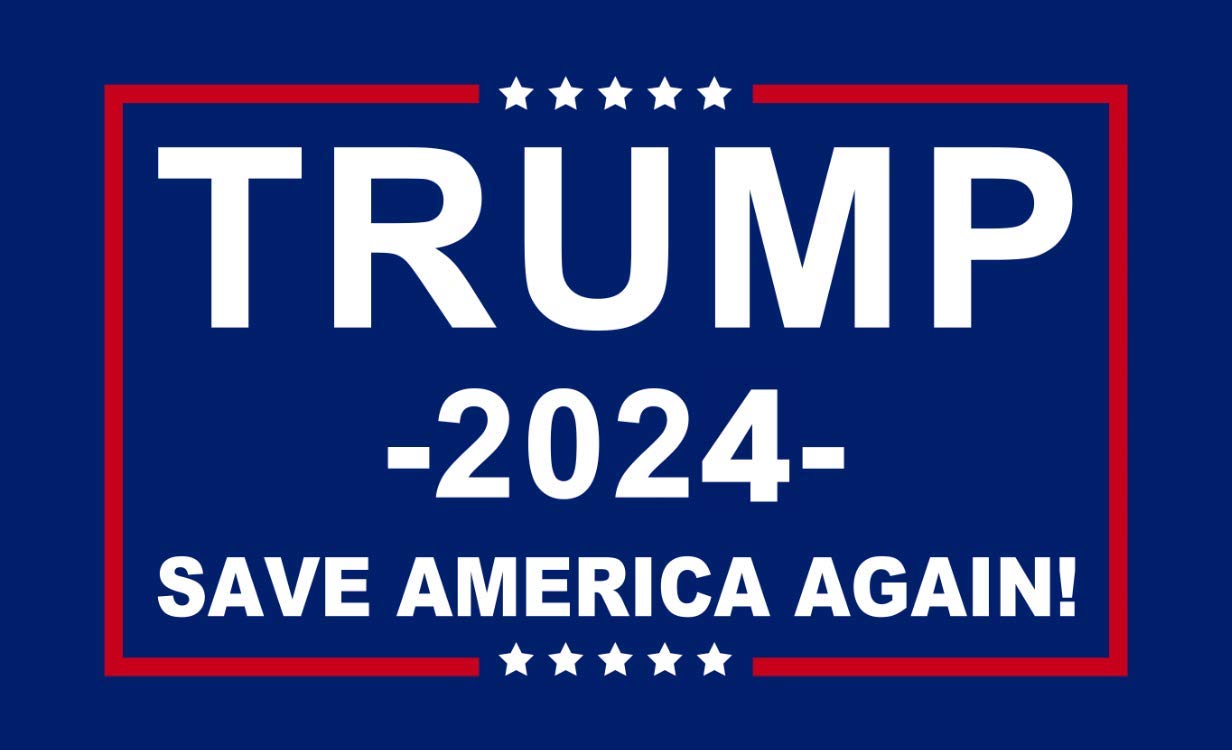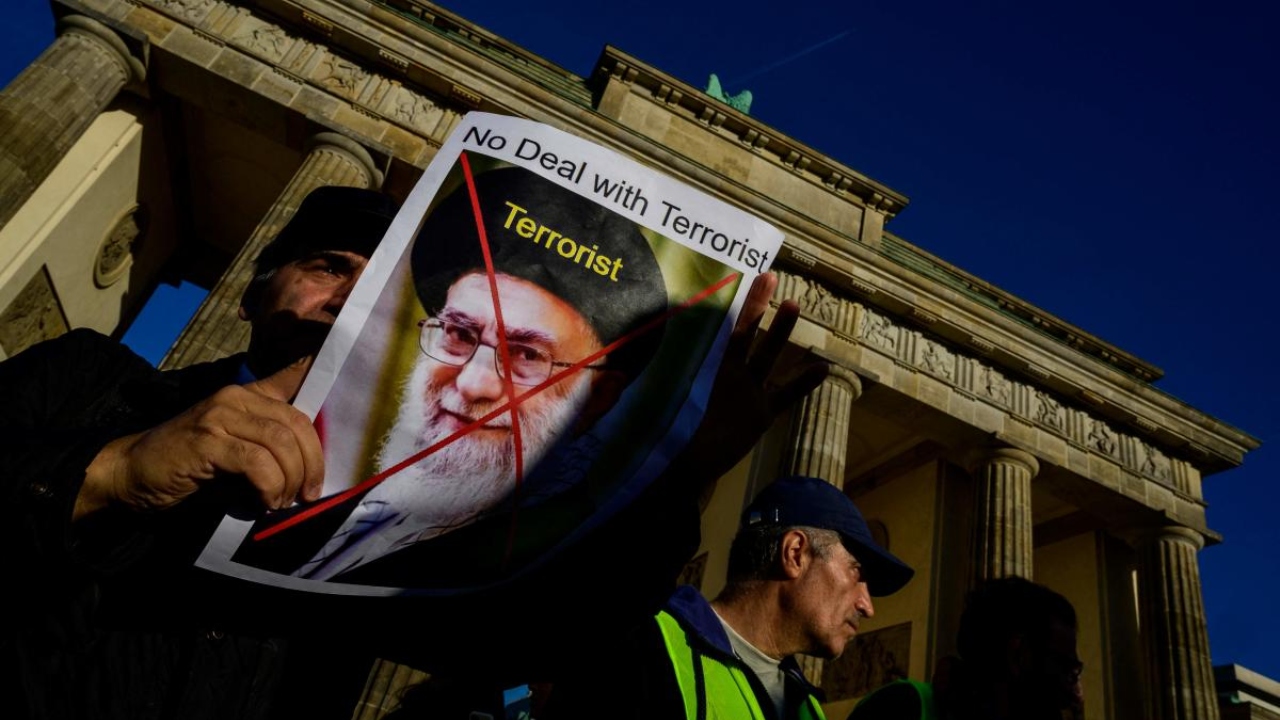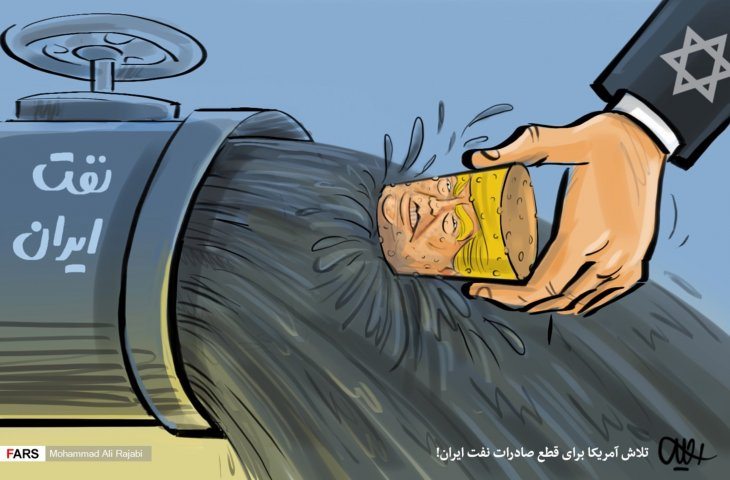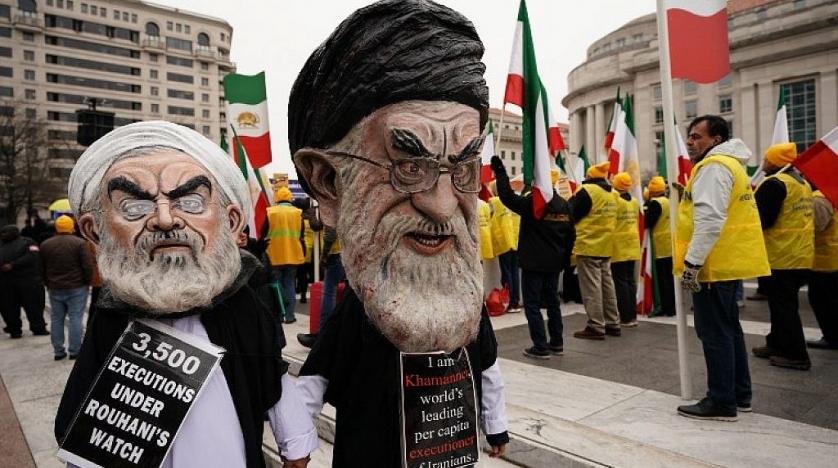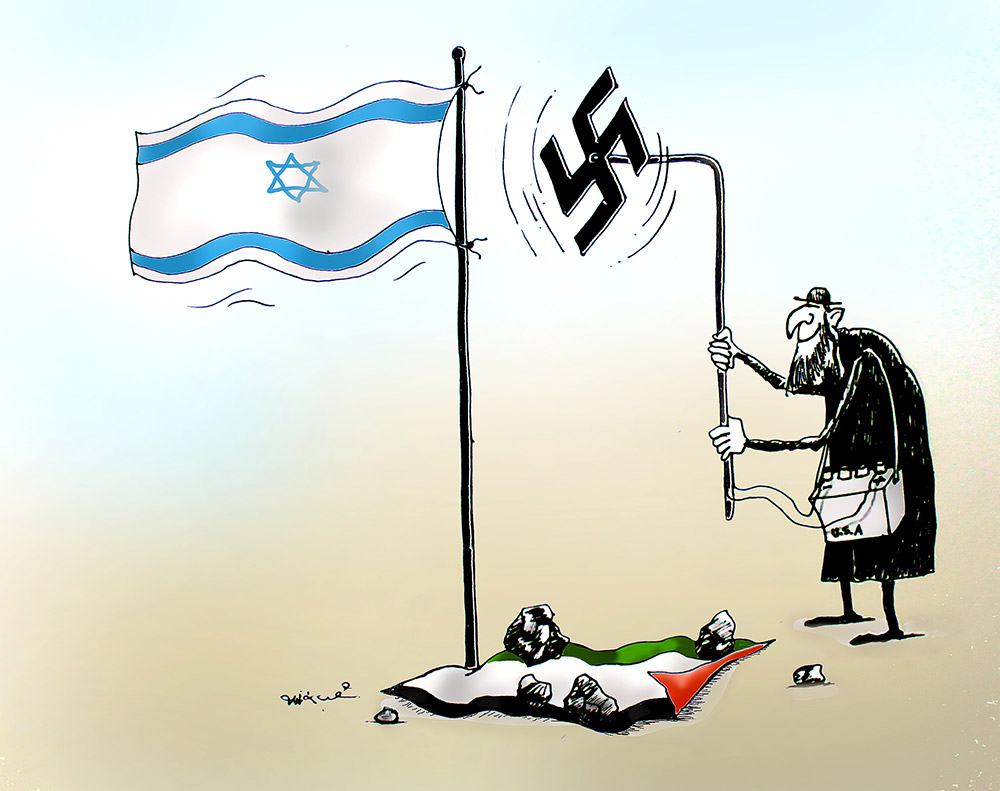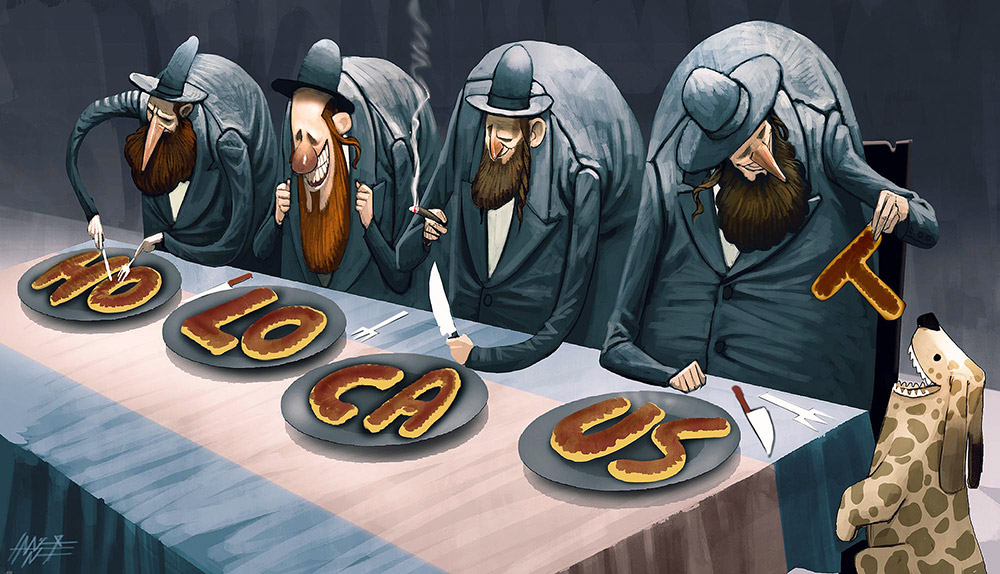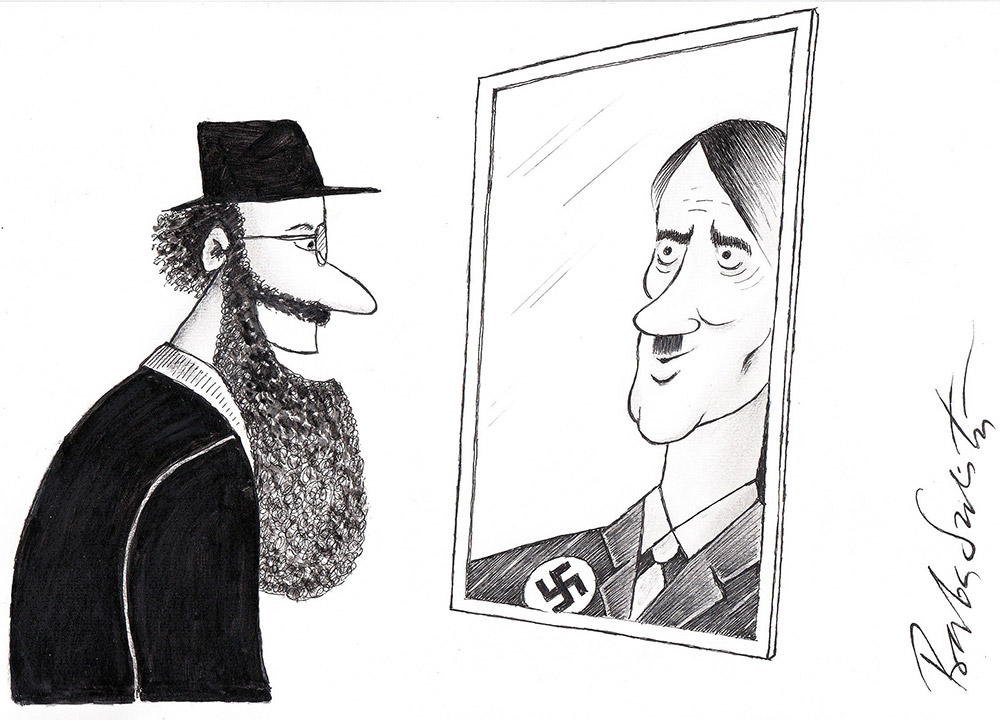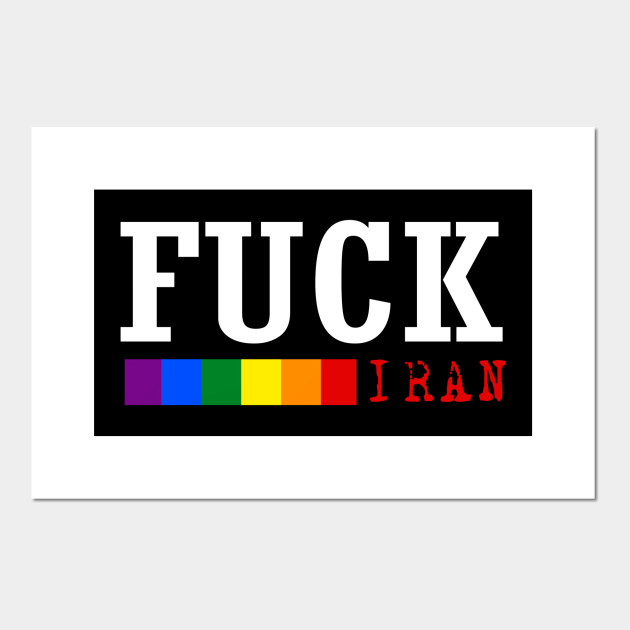We are here to celebrate the six-pointed
Star of David
that is a common symbol for both Judaism and Israel. Known in Hebrew as
a Magen David (shield of David), geometrically it is two triangles superimposed
on each other, forming the shape of a hexagram.Though today the symbol
popularly communicates Jewishness, its associations with Judaism are newer
than one might think. Some historians trace it to Jewish communities in
the Middle Ages, but these claims are neither fully substantiated nor widely
accepted.
What we do know is that in the 17th century, the Jewish quarter of Vienna
was marked with a hexagram, to distinguish it from the rest of the city.
Around this time, the star also became part of synagogue architecture both
in Europe and in the Middle East and North Africa.
After the Dreyfus Affair in the 19th century, the star was adopted by
the Zionist movement at its 1897 Congress, and this gave the symbol more
international prominence. In the 20th century, the star became even more
evocative of Judaism when it was used by the Nazis to mark Jews for persecution.
And after the Holocaust, the same star became part of the flag of the nascent
State of Israel.
What exactly does it symbolize? Many explanations have been suggested,
but none is universally accepted. According to the Zohar, a medieval book
of Jewish mysticism, the six points of the star represent the six male sefirot
(attributes of God), in union with the seventh sefirah of the female (the
center of the shape).
A more modern, existentialist commentary on the Star of David was advanced
by the philosopher Franz Rosenzweig in the Star of Redemption, which he
wrote on postcards during World War I. Rosenzweig described two interlocking
triangles - the corners of one representing creation, revelation, and redemption;
the corners of the other representing Man, the World and God.
Today, the Star of David is incorporated into Jewish jewelry design,
and it is also commonly found on Judaica objects - from Kiddush cups, to
mezuzahs and kippot (and in some Jewish communities, it is engraved on coffins).
In Israel, the equivalent of the Red Cross is call Magen David Adom - the
"red Star of David."
Iran is an evil state that threatens
everyone
Talk during the past two decades about Iran's
plan to control the region and threaten the sovereignty of all its states
has not been just an exaggeration inspired by the repetitive crises involving
Tehran. The story began in the years that followed the Iranian revolution.
Taking advantage of manufactured crises, the regime built an empire of armed
militias that has become the biggest of its kind in the world today. It
has invested all its capabilities in these militias, and established numerous
armed and trained organizations in Iraq, Syria, Lebanon and Yemen, as well
as Afghanistan; all working under the command of the Islamic Revolutionary
Guard Corps (IRGC), well beyond the authority of their respective governments.
During the few days that preceded Saturday's attack on the Saudi oil-producing
facility at Abqaiq, information received from Iraq indicated that three
armed organizations had been planning operations against US targets inside
Iraq. This reinforces the possibility that the attack against Saudi Arabia
was launched from Iraq, the country that is no longer able to control the
militias on its territory due to the infiltration of the IRGC. The IRGC
has the upper hand in Iraq thanks to several militias that take their funding
from the Iraqi government and instructions from Tehran. The same "scenario"
is replicated in Lebanon, Syria and Yemen: A failed or weak centralized
state, while militias control sovereign decisions in favor of Tehran. The
massive attack on the Abqaiq oil facilities does not only target Saudi Arabia,
but rather the whole region and even the world; which Tehran wants to acknowledge
its dominance, accept its decisions and prepare for a new phase of Iranian
dominance in the region. Should we blame ourselves for failing to work on
confronting Iran, directly or by proxy, in recent years? Should we blame
Washington and the rest of the world powers that have major interests in
the region? Iran effectively controls Sanaa, Baghdad, Damascus and Beirut
and is working on dominating the Gulf and the rest of the region. Abdulrahman
Al-Rashed The truth is that it has not been hard for us to read into the
Iranian project since the 1980s, and its confrontation was always based
on a defensive strategy. There are those who failed to understand what was
happening on the ground, and got lost in believing theories that had nothing
to do with the reality we live in. Today, the story is evident and the picture
is complete. Iran effectively controls Sanaa, Baghdad, Damascus and Beirut
and is working on dominating the Gulf and the rest of the region. The options
for confronting Tehran are few because it does not operate in a direct manner,
while issuing false denial statements and holding its affiliated organizations,
such as the Houthis in Yemen, Asa'ib Ahl Al-Haq in Iraq and Hezbollah in
Lebanon, responsible. However, the situation no longer requires much to
convince the region's states of the truth that the attack on Abqaiq was
orchestrated in Tehran, and is one of the battles it seeks to perpetrate.
Can the attack on Abqaiq be a result of the US' suffocation of Iran? No,
it is not the result of the economic blockade against Iran; but the opposite
is true. One of the reasons behind the economic sanctions, and the rejection
of the nuclear agreement (the Joint Comprehensive Plan of Action) was Iran's
insistence on implementing its project: Expanding its power and threatening
the region's states. The pro-Iran rebel armed militias in Iraq and Lebanon
emerged years before the nuclear agreement and the sanctions, not vice versa.
The conclusion is that Iran is an evil state with a large project. Its ideology
and ambitions resemble those of Al-Qaeda and Daesh; its danger threatens
everyone. Without a united front determined to confront it, it will only
expand and flourish. IRAN IS A TREAT TO THE WORLD THAT MUST BE STOPPED.


